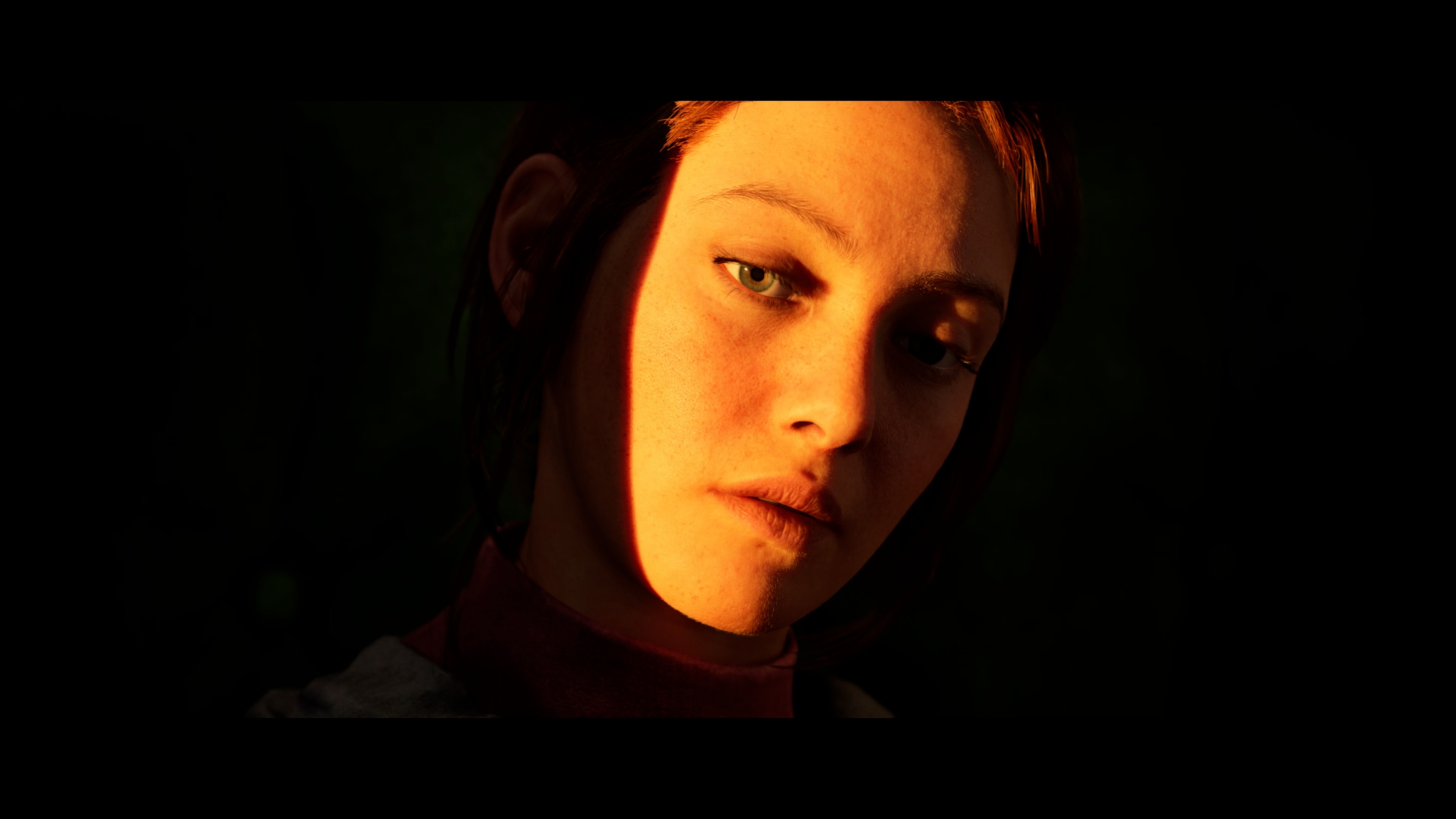Why Thumper is one of the best rhythm games ever made
Celebrating the brutal descent into a cool hell.


Along with our group-selected 2016 Game of the Year Awards, each member of the PC Gamer staff has independently chosen one game to commend as a personal favorite of the year. We'll continue to post new Staff Picks throughout the rest of 2016.
Violence is bad, unless it’s sound violence. And if that brutal noise is delivered on the back of a scarab twisting along an interdimensional highway, then I’m especially all for it. Mess me up. I’ve been waiting for a game to bend my arm past my elbow for years now. That’s Thumper’s specialty, using the familiarity of a traditional music game ‘note highway’ to make the player feel anything but groovy.
Developed by Drool, an ex-Harmonix duo, Thumper’s music actually came secondary to how it plays. Don’t expect to hum and happily bop your head along to a catchy tune. The compositions are a barrage of changing rhythms underscored by sinister ambience, which isn’t surprising since it was composed by Brian Gibson. He’s the bassist in Lightning Bolt, a band known for their brash technical tunes.
You tap or hold a button in time with complex beats and powerslide around corners with swings of the synth. There’s really very little mechanical complexity involved and the difficulty is defined by your ability to stay in beat with a variety of time signatures, some familiar and some disorienting.
Each level adds a single new variable, one that already uses a skill you’ve developed so as not to muddy the actual control with complex button press combinations. In level 5, laser grids make an appearance that temporarily punish if you miss a light pad. Another level brings flight into the mix, rewarding players that chain combos with airborne flourishes. Later, the highway opens into multiple lanes at certain points, and switching lanes becomes it’s own discovery in rhythm and proficiency. Successfully tapping and sliding and flying to everything Thumper throws your way is a satisfying challenge, communicated via subtle flashes of light and short sound cues that keep the action fair despite how damn busy the screen can get. Onlookers will think you’re opening a portal to Cool Hell.
Your arms will ache too and your eyes won’t resume regular duties for a while, but that’s how you know Thumper is working.
As new ideas are introduced, the speed and complexity of the rhythm challenges increase with every completed section of a level as well. Finishing one can take upwards of 20 minutes, all of which I still spend clutching the controller like I’m a millisecond from a head-on highway collision. I had to take a break during level eight because my thumb stopped working. It had locked up from the tension in my arm.
By the final boss of each level, the highway warps into such a hypnotic cacophony of light and noise that looking at a blank wall after finishing turned it into a spinning, bright hallucination. Your arms will ache too and your eyes won’t resume regular duties for a while, but that’s how you know Thumper is working. Living inside that pain and sensory exhaustion is central to the experience. Sustained discomfort unlocks a sort of sublime pleasure. By associating it with something pretty, the attempt to conflate the two opposing feelings can result in the discovery of newer, more abstract emotions. It’s silly as hell, and most people probably don’t give a damn and just want pretty lights and cool beats—that’s OK too, but I think Thumper gets me.
It’s not meant to feel like tapping your foot to a familiar tune. It’s unfamiliar and troubling, but striking and hypnotic. Thumper is the catharsis of an abstract musical performance and the relief from intuiting complex rhythms on the fly, as if a single mistake means you get thrown into a brick wall at terminal velocity. It’s a psychedelic journey through impossible geometry and a crunchy, slippery, overwhelmingly oppressive force. Thumper is a lot, and it’s appeal is so personal it’s hard to distill for anyone that isn’t already fascinated, but in the simplest terms, Thumper is proof that horror doesn’t have to be zombies and ghosts, and it’s one of the best music games ever made.
Keep up to date with the most important stories and the best deals, as picked by the PC Gamer team.
James is stuck in an endless loop, playing the Dark Souls games on repeat until Elden Ring and Silksong set him free. He's a truffle pig for indie horror and weird FPS games too, seeking out games that actively hurt to play. Otherwise he's wandering Austin, identifying mushrooms and doodling grackles.


